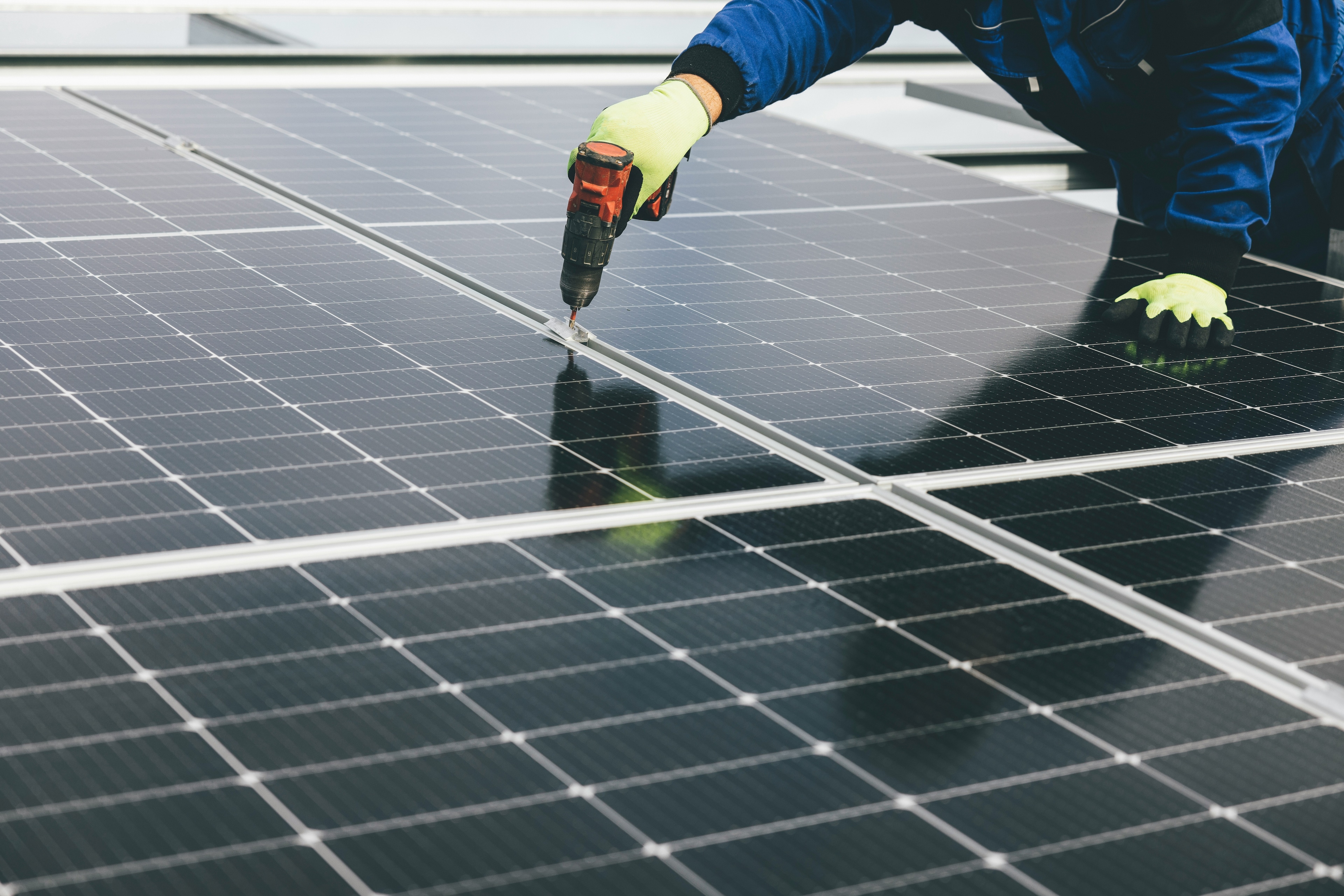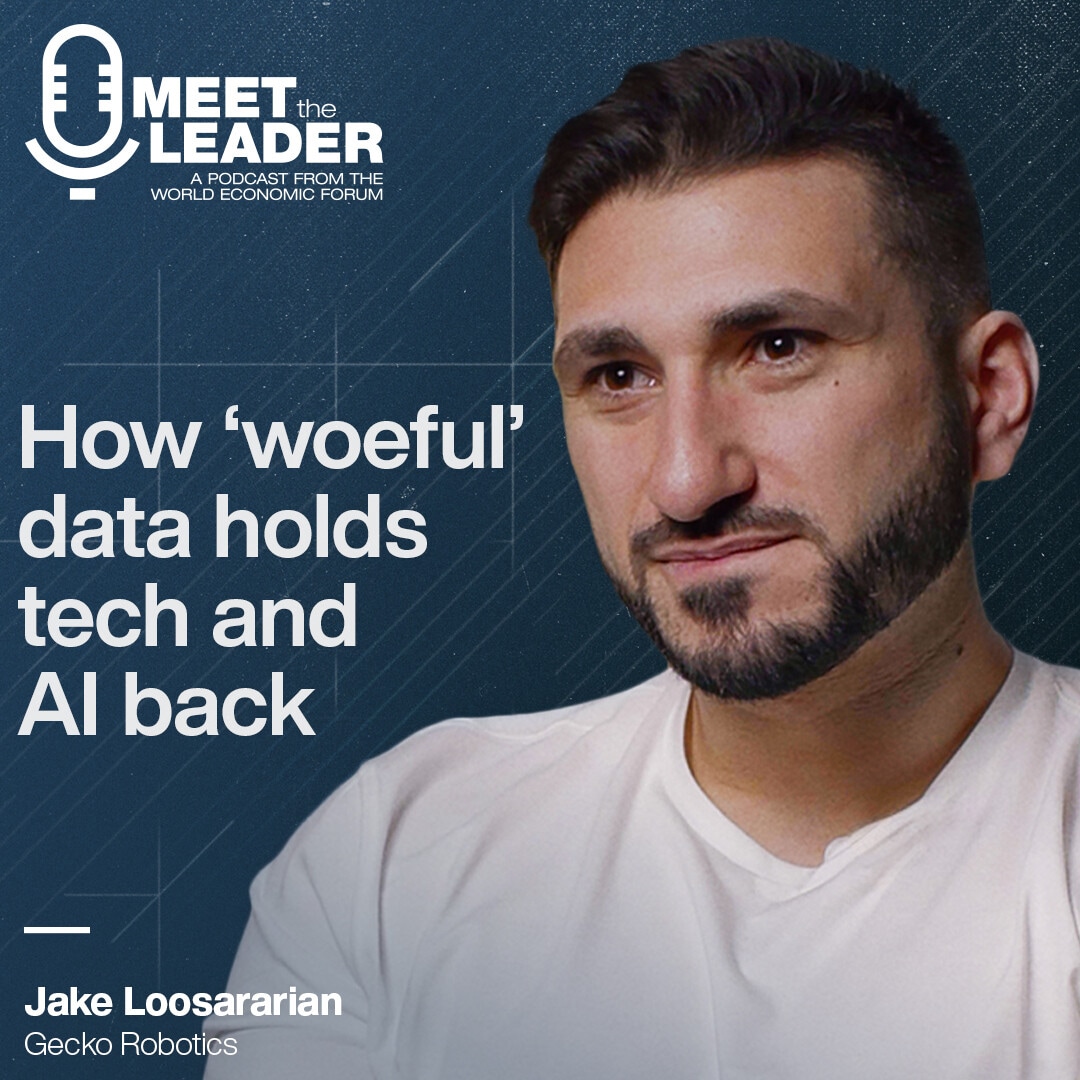What’s next for driverless cars?

Stay up to date:
Mobility Solutions
Former NASA engineer and roboticist Maarten Sierhuis has spent his career in artificial intelligence (AI). Now the director of the Nissan Research Center in Silicon Valley, he is leading the automaker’s efforts in autonomous driving. He’s also driving a five-year partnership between Nissan and NASA to engineer vehicles capable of self-operation. In this phone interview, Dr Sierhuis tells Look ahead about his vision for driverless cars.
Thank you for speaking with us on your way to the airport. Could you concentrate better if you were in a driverless car?
What makes you think I’m not in one?
When might you be participating in this interview from a fully automated car? [Ed. Note: Industry ranks levels of automation from 1 (eg electronic stability control) to 4 (“full self-driving automation”).]
For Nissan, hands‑free highway driving, what we call a “Highway Pilot”, will come on market 2016-ish. What this means is that you stay in one lane. You set your speed and then can take your hands off the steering wheel and foot off the pedal. [The technology] will keep you in the lane and will slow the car down and speed it up, depending on surrounding traffic. This is applicable from full speed to … traffic jam.
Lane change will happen one or two years later, and the next setting will be the city environment: pedestrians, bicyclists and other motor vehicles in your vicinity. Plus traffic lights, traffic signs, you name it. That you can expect to start seeing perhaps around 2018, 2019. Again, that’s not driverless. “Without a driver” is not, right now, on Nissan’s road map. Nissan’s approach is not to talk about “eyes off”. We talk about “hands off”.
How much collaboration do you need from governments in terms of building the roads a certain way or having communication standards set up for cars?
[We can’t wait] for governments. I’ve been waiting for 15 years for another lane on Highway 101 in Palo Alto. That’s going to take a while. We are working on building cars that don’t need any sensors in the road.
What’s the industry approach to the influx of data exchanges among cars, satellites and infrastructure?
The more data we can get in, the better we can use it. Our approach [at Nissan]: Any external vehicle-to-vehicle or vehicle-to-infrastructure information that we receive is simply seen as another sensor … just like LIDAR or a camera.
The research question that we are investigating is into utility. What kind of data from other vehicles is useful? What information do we need from infrastructure?
Say I’m in an intersection with 20 cars. How do I know which car is sending me what message? “I’m the white Toyota to your left” is not going to tell me much. Her GPS and my GPS are probably not the same, so how do I know how accurate it is?
These are all issues we’re all grappling with. Communication systems were not developed with autonomous vehicles in mind.
Uber just bought Microsoft’s mapping service. Would corporate collaboration help calibrate various services so all the cars would speak the same language?
Coordination would definitely make it more efficient and maybe even cheaper. But you don’t need it. You can build your own maps. My Nissan car with Nissan maps could work fine with Uber cars with Uber maps.
There were a few close calls recently with Google cars. Can you program every scenario and every contingency into the car?
If a human jumps in front of my car to commit suicide, can you really program that into a car? The car can’t stop faster than physics will allow.
These are issues we will have to deal with as a society. What do we want AI systems to be able to do?
Let’s look at the ethics of completely autonomous cars. One fear is that the machine could decide who lives or dies. Perhaps it swerves off the road to avoid a school bus. Or perhaps the person with the more expensive car has the better algorithms. What is the responsibility of the industry in this arena?
This is a tough question for any technologist. The number one reason for Nissan to build autonomous cars is safety. We all want to have fewer accidents, fewer people dying.
By putting out autonomous capability in [baby] steps, people will have the time to learn to trust this technology. And it will give us time to understand how it operates. Nissan will be very careful.
Another ethical question concerns privacy in one’s own vehicle.
This is a big, big question. And not just one for autonomous vehicles.
This is a 21st-century problem that either we will solve through changing our views on privacy or through litigation.
An autonomous vehicle will have so many sensors on it. It’s not just the people in the car being tracked. What about all the people outside the car? Data will be available and we have to protect it.
You’re collaborating with NASA, your former employer, which has more than a little experience with autonomous vehicles. What do you expect each of you—NASA and Nissan—to gain from the partnership?
NASA was involved in creating the autopilot for aircraft. And NASA is an engineering culture like Nissan is an engineering culture. We speak the same language. Safety is number one in both camps.
Hundreds of people check the [Mars] systems all the time. A rover lands, and every day humans command the robot. We are working with them to understand, “What if we had hundreds of cars driving around autonomously? How do we manage that?”
As for what Nissan gives NASA? The robots on Mars drive five centimetres per second at top speed. Not only do our cars go faster, but our environment, meaning the car on the road, is way more dynamic than what a robot will see on Mars. The safety margins that we have on Earth are much smaller, too. We’ll help NASA understand autonomous systems that work at higher speeds.
Another big thing is maps. There are no maps on Mars. We can help there.
As a former roboticist now working on autonomous vehicles, what is your view on the nature of the human-machine relationship?
When I was at NASA, my roboticist colleagues, they were like: “Why do we need humans? We could just get rid of the humans, and just have robots. It would be so much easier.” I would tell them, it’s like no matter what you do, you will have humans in your loop, and you will need to deal with the humans.
This is where, for me, the autonomous vehicle is the same way. We might have driverless cars one day, but we still have humans in the loop. The human still would need to tell their car where it wants to go. The car needs to know that I have my groceries and I need to get my groceries out, so you can’t just drop me off on the other side of the road. There will always be an interaction between the autonomous system and the humans.
My passion is really about how do I develop this technology that is human-centred, where the humans are the important elements, not the car. It’s the people in the car, the people outside of the car.
We might have driverless cars one day, but we still have humans in the loop.
Did you grow up in an engineering family?
Yes, my father was a Dutch engineer who didn’t want to live in Holland. I lived in South America, in Saudi Arabia, in many parts of the world as a child.
I wanted to be a heart surgeon or a brain surgeon, but I ended up in computer science when I hit on AI. I wanted to figure out how we could make these systems work for us, as opposed to us working for the systems.
In your lifetime, will we see a fully autonomous vehicle from Nissan or elsewhere?
Oh, yes. No doubt. I actually think sooner than we might think.
This article is published in collaboration with GE Look Ahead. Publication does not imply endorsement of views by the World Economic Forum.
To keep up with the Agenda subscribe to our weekly newsletter.
Author: Holly Hickman writes for GE Look Ahead.
Image: People ride on a driverless electric vehicle at the Nanyang Technological University (NTU) in Singapore. REUTERS/Edgar Su
Don't miss any update on this topic
Create a free account and access your personalized content collection with our latest publications and analyses.
License and Republishing
World Economic Forum articles may be republished in accordance with the Creative Commons Attribution-NonCommercial-NoDerivatives 4.0 International Public License, and in accordance with our Terms of Use.
The views expressed in this article are those of the author alone and not the World Economic Forum.
Forum Stories newsletter
Bringing you weekly curated insights and analysis on the global issues that matter.
More on Emerging TechnologiesSee all
Lim Chow-Kiat
August 21, 2025
Charles Bourgault and Sarah Moin
August 19, 2025
Spencer Feingold
August 18, 2025
Jon Jacobson
August 14, 2025
Ruti Ben-Shlomi
August 11, 2025






